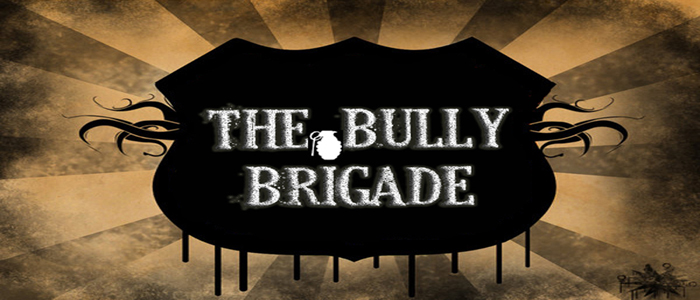HOW ARE DEFECTS INHERITED?
The magic of heredity - DNA, chromosomes, genes
All animals are made up of billions of tiny cells. The nucleus of these cells contains all the information to regulate the activity of the cell and therefore the form and function of the particular body tissue, and ultimately to form the individual animal. This information originally comes from the parents of the animal, with approximately one half from the mother and one half from the father.
This information from which all life develops is in the form of DNA (deoxyribonucleic acid). A gene is a portion of a DNA molecule, carried on a chromosome. Think of a chromosome as a long string of genes. Hundreds and even thousands of genes may be carried on a particular chromosome. Chromosomes occur in pairs in the cell nucleus, except in the egg and sperm where they occur in half pairs. When an egg is fertilized by the sperm, the resulting cell from which the animal will develop has complete pairs again. This is the way in which one half of the genetic information comes from each parent.
The dog has 78 chromosomes, in 39 pairs, on which approximately 100,000 genes are located. This makes up the animal's genotype. The phenotype is what you actually see in the animal, and this can be influenced by both environmental and developmental factors. For example, a dog's size as an adult is determined partly by his or her genes, but is also influenced by environmental factors such as its health as a puppy and the food it eats.
Each gene in a chromosome pair has a partner at the same position (or locus) on the matching chromosome. Each member of a gene pair is called an allele. A gene can have many alleles within a population but an individual animal will have only 2 alleles which influence a particular trait. If the 2 alleles are identical (AA or aa for example), the individual is homozygous at that locus; if the alleles are different (Aa), then heterozygous.
If the allele is dominant, only 1 copy is required to express the trait; if recessive then 2 copies. Upper case letters are traditionally used to represent dominant traits, lower case letters for recessive traits. Thus for a dominant trait, either AA or Aa will express the particular characteristic, while for a recessive trait only aa will express the characteristic. The heterozygote (Aa) will be a carrier - clinically unaffected but able to pass the harmful allele to the offspring.
Example:
Progressive retinal atrophy (PRA) causes blindness in many breeds. P represents the dominant allele, and p the recessive allele. Since PRA is a recessive trait, p is the affected allele, and P the normal allele.
The genotypes PP and pp are homozygous. Dogs with the genotype PP have normal sight and those with pp are affected.
Pp is heterozygous. These animal have normal sight but are carriers. They will pass the allele for progressive retinal atrophy to approximately half their offspring.
Phenotypically, both PP and Pp have normal sight, but their genotype is different. At this time, as with most recessive disorders, there is no way to identify carriers (animals with the genotype Pp) until affected offspring are born.
Sex-linked characteristics are slightly different. Females have a pair of X chromosomes (XX) while males have 1 X and 1 Y chromosome (XY). Thus 1 dose of a recessive X-linked trait (x) will cause the expression of that characteristic in a male, while a female with only 1 dose(Xx) will be a clinically unaffected carrier . The bleeding disorder hemophilia is probably the best known example of a sex-linked condition.
Defects: inherited or not?
A disease condition or abnormality may be caused by many factors. Some of these are genetic; that is the disorder is a result of a mutation in a gene that carries particular information. Some mutations are spontaneous, such as a mutation caused by toxins consumed by the mother during pregnancy. An inherited defectis one in which the defective gene has been inherited from one or both of the parents.
Many conditions that have a well-documented hereditary basis may also have other causes. For example, there are several forms of hereditary cataracts, but cataracts may also occur as a result of injury, toxins, or a disease such as diabetes. In trying to determine whether a disorder is inherited, your veterinarian will look at many factors, including the age the disorder becomes evident, whether littermates or other relatives are affected, and whether the defect is known to occur in that breed. It is very important that inherited disorders be identified so that information can be relayed back to the breeder, and on a larger scale, so that breeding programmes can be designed to reduce or eliminate these debilitating conditions in dogs.

